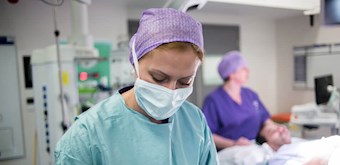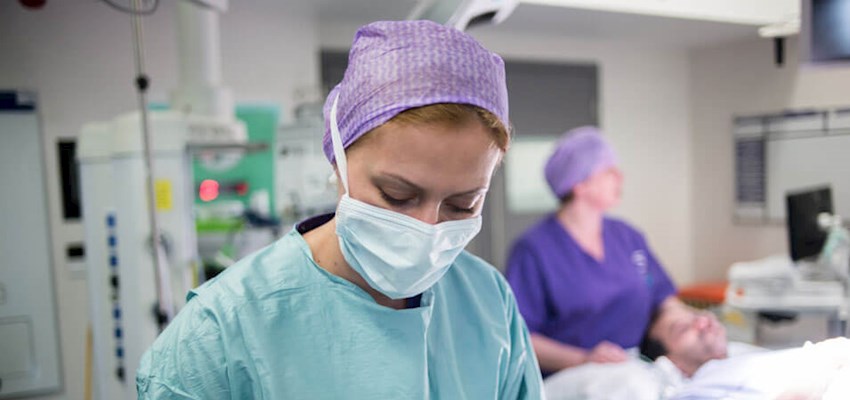Water vapour therapy
Urological procedure for benign prostatic hyperplasia (enlarged prostate)
Steam treatment for treating non-cancerous enlarged prostates, with fewer side-effects compared to other traditional procedures
What is water vapour therapy for the prostate?
The generator then heats up a reservoir of water (located outside of the body) producing steam or vapour. This is passed along the delivery device to a tiny needle with holes to ablate the targeted prostate area causing the effected tissue to shrink.
The procedure also reduces the risk of common side-effects associated with BPH treatments including erectile dysfunction, retrograde ejaculation and urinary incontinence.
Benefits of water vapour therapy
-
Day case procedure
-
Minimally invasive procedure
-
Reduced risk of urinary incontinence
-
Reduced infection rates
-
Could be performed under local anaesthesia and sedation
Quicker recovery and return to daily activities
-
Reduced risk of sexual side-effects
Retrograde or dry ejaculation, erectile dysfunction
-
Reduced bleeding
What happens during water vapour therapy?
-
About the treatment icon plus
The procedure is carried out under local or general anaesthetic, depending on your medical history.
A generator heats up a reservoir of water, producing steam which passes through the delivery system (usually a telescope) which is inserted into your urethra. The surgeon guides this steam as it is released onto the effected prostate tissue through a tiny needle to the targeted tissue area. The affected prostate cells are destroyed, which over time will shrink naturally.
The process takes between five and 10 minutes and is usually carried out as a day case procedure. This may differ depending on the severity of your condition. The procedure requires you to have a post-operative catheter for approximately one week. -
How to prepare icon plus
Your consultant will be able to provide you with exact details on how to prepare for the procedure, which is usually performed in a day case setting. As with all surgical procedures there are some risks and other side-effects involved. Your consultant will discuss these with you. -
After treatment icon plus
This procedure allows patients to leave hospital without an overnight stay. However, there is always a risk associated with any surgery so it is advisable to bring an overnight bag with you.
Once your surgery is complete your consultant and nursing teams will tell you how the procedure went, the next steps and what to do when you go home. They will also advise you of any possible side effects.
-
Physical activity after surgery icon plus
Where possible, we suggest someone accompanies you during your stay so they can assist your journey home. We generally advise you do not immediately commence physical activity which may compromise your surgery. For example, refrain from driving a vehicle, riding a bicycle or going for a run.
Our Consultants
We're proud to work with leading urology consultants, specialising in treating BPH, whose skills are matched by their integrity and compassion.




Our locations offering water vapour therapy
Treatment for water vapour therapy is available at the following hospitals. An initial consultation may be available at an outpatient clinic location within the HCA UK network, details of alternative locations will be offered where available.
Book an appointment for water vapour therapy
We're happy to help you make an appointment with one of our experienced urology consultants. Call or email us to arrange a suitable date.